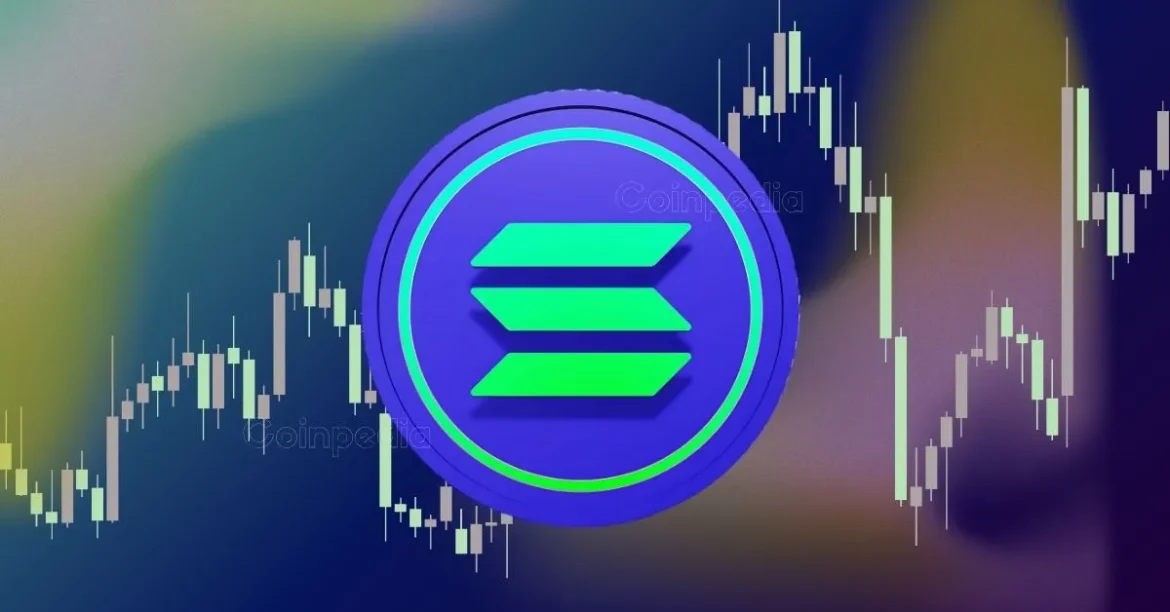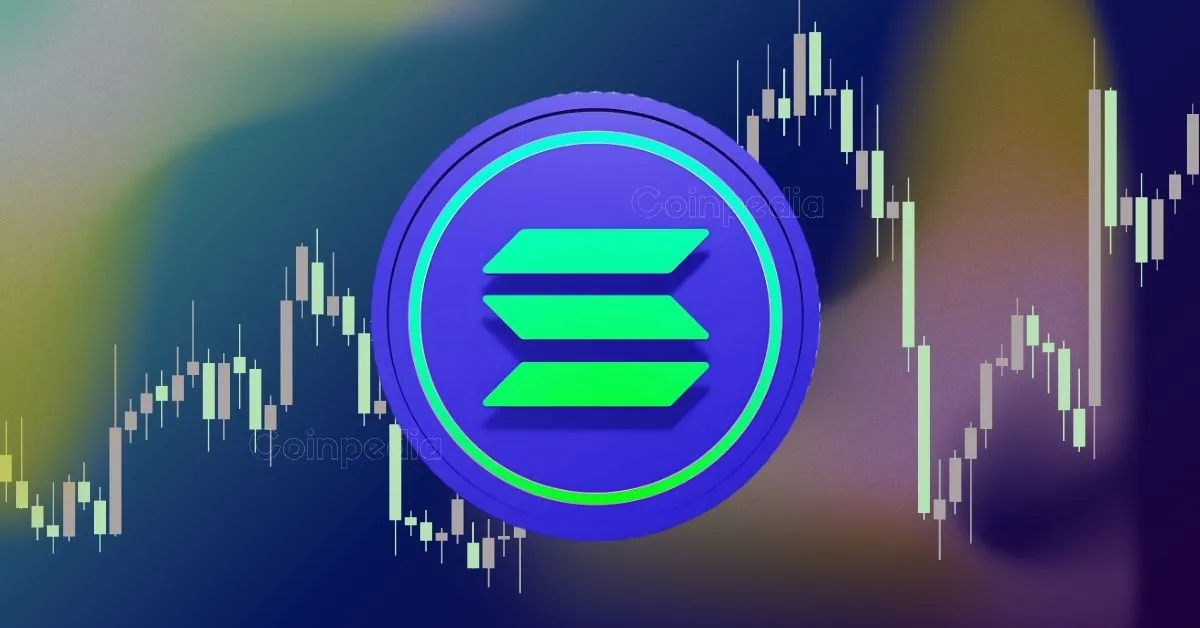Solana’s Tumultuous Trajectory: Block Size, Price Swings, and Future Prospects
Introduction: The Rise and Challenges of a High-Speed Blockchain
Solana has emerged as one of the most talked-about blockchain platforms in the cryptocurrency space, renowned for its high transaction speeds and low costs. However, its journey has been far from smooth, marked by technical upgrades, price volatility, and intense competition. This report explores the key factors shaping Solana’s current landscape, from its recent block size increase to its price fluctuations and future prospects.
The 20% Block Size Increase: A Strategic Move with Mixed Reactions
Enhancing Transaction Capacity
Solana’s recent upgrade, SIMD-0256, increased its block size by 20%, a move aimed at enhancing its transaction processing capabilities. This adjustment, led by validator Andrew Fitzgerald, is designed to boost transaction capacity and reduce network congestion, ultimately improving scalability for decentralized finance (DeFi) and gaming applications. Larger blocks can accommodate more transactions, leading to faster processing times and a smoother user experience.
Market Reaction and Implications
The immediate market reaction to this technical upgrade was mixed. While intended to be a positive catalyst, the price of SOL, Solana’s native token, experienced a nearly 10% drop coinciding with the upgrade. This seemingly paradoxical reaction highlights the complex interplay between technical advancements and market sentiment. It suggests that while the upgrade itself may be beneficial in the long run, short-term market dynamics can be influenced by a variety of factors, including investor concerns and broader market trends.
Future Upgrades and Milestones
Another proposal is in the works to potentially raise the block size limits even higher by the end of the year, indicating a continued commitment to optimizing network performance. The goal is to reach one million transactions per second. Currently, a key milestone to watch is when 20% of the Solana stake is reached. These upgrades are crucial for Solana to maintain its competitive edge and attract more users and developers.
Price Volatility: A Rollercoaster Ride
Recent Price Movements
Solana’s price has been subject to considerable volatility, reflecting the inherent risks and uncertainties associated with the cryptocurrency market. Recent reports indicate instances of both surges and declines, painting a picture of a digital asset struggling to find a stable footing.
One report mentioned Solana surging over 20% in a week, while another highlighted a 20% crash that pushed the price below $100, reaching a 14-month low. This sharp decline was attributed to several factors, including slowing network activity, growing bearish sentiment, and its mention in high-profile rug-pull scams. Some of Solana’s biggest investors started selling their SOL holdings. For example, a deposit of 303,756 SOL (worth $328 million) was made to Binance, likely adding to sell-side pressure.
Comparisons to Past Market Collapses
Adding to the complexity, analysts have drawn comparisons between Solana’s current technical structure and that of LUNA before its collapse in 2022, raising concerns about potential future sell-offs. While these comparisons should be taken with a grain of salt, they underscore the importance of risk management and the potential for even seemingly robust projects to experience catastrophic failures.
Positive Outlook and Support Levels
On a more positive note, some experts predict a potential 20% breakout for Solana and maintain a promising long-term outlook, suggesting that the recent price drops may be temporary setbacks. Specifically, SOL has remained above its horizontal support of $162, but it’s still finding resistance at the horizontal level of $184. These support and resistance levels are crucial indicators for traders and investors, providing insights into potential price movements.
The Specter of “Solana Killers” and Ethereum’s Dominance
Competition in the Layer-1 Space
Solana is often touted as a faster and more efficient alternative to Ethereum, the leading smart contract platform. However, the market continues to view Ethereum as the dominant player, with its established ecosystem and vast network effects.
Recent observations suggest that capital is rotating into Ethereum, coinciding with Solana’s price drop. This trend highlights the ongoing competition between layer-1 blockchains and the challenges Solana faces in attracting and retaining users and developers.
The Rise of “Solana Killers”
The term “Solana killer” has been used to describe various emerging blockchains that aim to challenge Ethereum’s dominance. While Solana has undoubtedly made strides in terms of transaction speed and cost, it still has a long way to go to dethrone Ethereum as the king of smart contracts. These “Solana killers” pose a significant challenge, as they compete for the same user base and developer attention.
Institutional Interest and Potential ETF
Strong Institutional Interest
Despite the volatility and concerns, there remains significant institutional interest in Solana. Analysts believe institutional interest stays strong. This is evidenced by the potential for a Solana ETF, which could trigger $1–2 billion in inflows and potentially boost the SOL price by 30–50% post-approval.
Benefits of an ETF
An ETF would make Solana more accessible to a wider range of investors, including those who are hesitant to directly purchase and manage cryptocurrency. This increased accessibility could lead to greater adoption and a more stable market for SOL. The potential approval of a Solana ETF is a significant development that could provide a much-needed boost to the platform.
Conclusion: Navigating the Turbulence
Overcoming Challenges
Solana’s journey is marked by both impressive technological advancements and significant market challenges. The recent block size increase reflects a commitment to improving network performance, but the immediate price drop underscores the complexities of market sentiment.
The volatility in SOL’s price, coupled with comparisons to past market collapses, serves as a stark reminder of the risks associated with investing in cryptocurrencies. However, the ongoing institutional interest and the potential for a Solana ETF offer a glimmer of hope for the future.
Future Prospects
Ultimately, Solana’s success will depend on its ability to overcome its current challenges, maintain its technological edge, and attract a critical mass of users and developers. It must demonstrate its reliability and security to alleviate concerns raised by past outages and security vulnerabilities. The path ahead is uncertain, but Solana’s potential remains substantial. Whether it can navigate the turbulence and emerge as a leading blockchain platform remains to be seen.
Looking Ahead: A Call for Resilience
Building a Robust Ecosystem
Solana stands at a critical juncture. It must demonstrate resilience, transparency, and a commitment to long-term sustainability. The community must work together to address the concerns raised by recent events and build a more robust and trustworthy ecosystem. The future of Solana depends on its ability to learn from its past mistakes and chart a course towards a more stable and prosperous future. Only time will tell if it can rise to the occasion and fulfill its potential.





